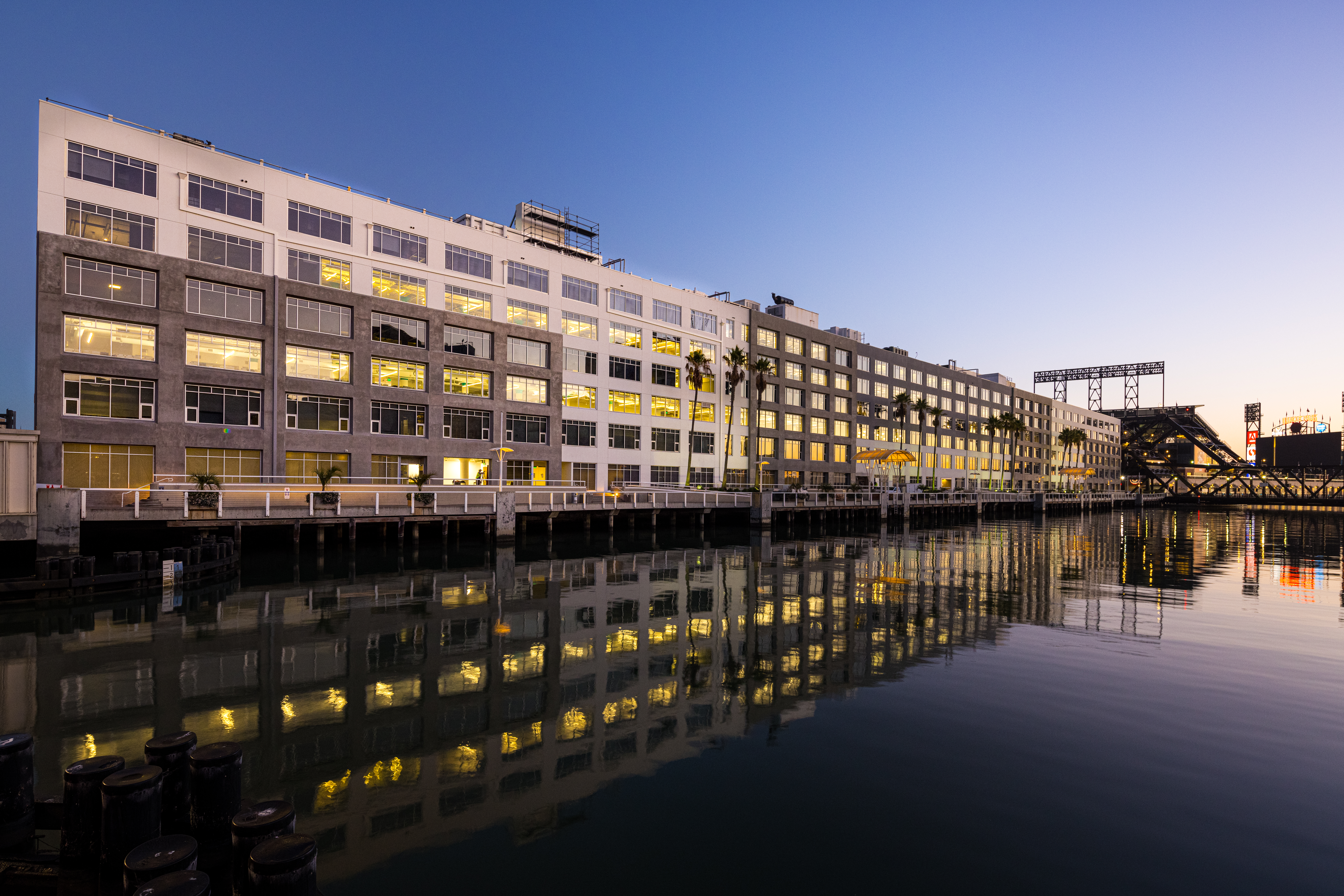The annual COP conferences are a key platform for world leaders, experts, and organisations to address the climate crisis. This year’s COP 28 takes place as BREEAM’s commitment to sustainable practices aligns with many of the goals which will be discussed over the next few weeks at COP 28. It aims to provide actionable solutions and a framework for sustainable development that resonates with the urgent need for climate action.
The conference explores various aspects of sustainability, including health, education and agriculture, with a theme for guiding each day’s discussions. The following days of the summit are particularly relevant to the built environment and to the areas covered by BREEAM:
4th December – Sustainable finance
Sustainable finance involves directing financial resources toward projects that opt for long-term environmental, social, and economic wellbeing. Dubai, the host of COP 28, shows that integrating sustainability into urban development is possible through prioritising investment in green building projects.
The Dubai International Financial Centre (DIFC) chooses which initiatives to invest in through sustainability certifications and assessments and demands that buildings score above a minimum threshold – a BREEAM rating of “Excellent” or above. This approach considers profitability alongside the broader impact on the environment and society. BREEAM stands alongside other common sustainability initiatives like SBTi, CRREM and the EU Taxonomy as a key tool for demonstrating the impact of sustainable investment.
5th December – Transition to Green Energy
As a global leader in renewable energy, the UK has been at the forefront of pioneering efforts to transition towards a sustainable and low-carbon future. The expertise and innovations emerging from the UK set a noteworthy standard for the world to follow.
Measuring and improving a building’s operational energy is a vital part of the BREEAM Energy category. It urges developers to create solutions promoting sustainable energy use throughout a building’s life, including the construction and end of life phases.
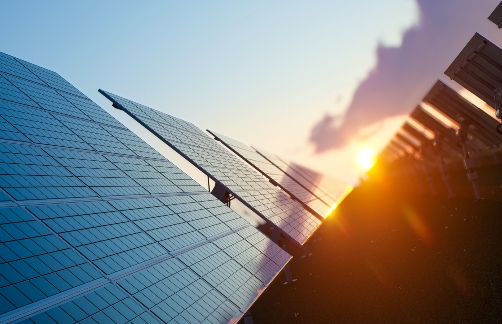
Assessment criteria include enhancing building fabric energy efficiency, reducing carbon emissions, and supporting energy management during the operational (or use) stage. BREEAM aids the transition to renewable energy with a commitment to help reshape global energy consumption practices through sustainable building design.
6th December – Urbanisation and the built environment
As much of the world’s infrastructure was built before the concept of a sustainable built environment was widespread, the majority of our working and living spaces need modernisation. This is to allow for society’s transition to net zero carbon built environments.
The methods we use to design and construct our buildings must reflect emerging principles of circularity and sustainable material use, as the supply of natural resources dwindles and consumption increases further. The materials that design teams select during the initial stages of a project have an enormous influence on embodied carbon – and consequently, the overall sustainability – of a built environment project. To see how BREEAM approaches sustainable material use, read our principles for circular buildings.
9th December – Nature and land use
Embracing the concept of “Nature-positive development,” the emphasis for 9th December will be on creating resilient ecosystems and livelihoods, all while ensuring a net gain for biodiversity in every project within the built environment.

BREEAM supports the restoration of biodiversity in the built environment through measures that align with key imperatives like the Sustainable Development Goals (SDGs) to help apply high-level protection principles. Biodiversity net gain for any built environment is one of the fundamental elements to a good BREEAM score, accounting for up to almost a fifth of credits.
The Expo City site is host to over 73,000 plants, which in turn provide a habitat for many different types of fauna. Providing a habitat for indigenous species not only protects the biodiversity of the area, but also provides other building services – such as supporting passive cooling measures by trees shading buildings from the heat of the sun.
10th December – Water
On December 10, focus shifts to water and the enhancement of urban water resilience by promoting water conservation measures.
Many construction projects use water very intensively to produce materials like steel and cement. By encouraging the use of sustainable and water-efficient materials, BREEAM contributes to reducing the water footprint associated with the construction industry.
BREEAM also assesses factors such as water consumption, water management, and the use of innovative technologies that contribute to water conservation. BREEAM certification incentivises developers, architects, and builders to use water-saving strategies, such as rainwater harvesting, efficient irrigation systems, and the reuse of waste or greywater. For example, Expo City does not use any potable (or drinkable) water for irrigation of plants, helping the project to achieve its “Excellent” rating.
Progress beyond COP
Discussion at COP 28 underscores the need for the widespread adoption of sustainable practices to address climate challenges and redefine construction and real-estate norms on a global scale.
Find out more about how BREEAM enables holistic sustainability from the outset of any project in the built environment.
BREEAM case studies
Browse the latest case studies from BREEAM
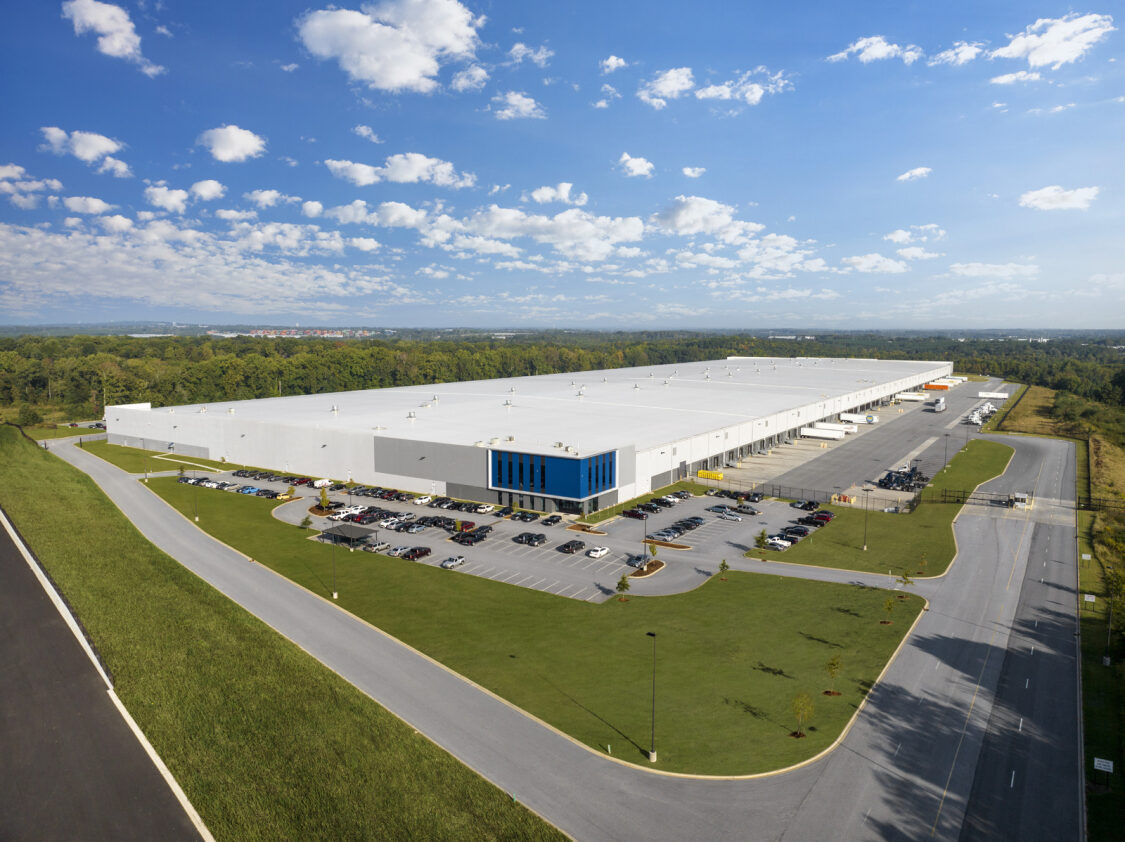
Aligning ESG goals: LXP’s collaborative approach to Green Building Standards
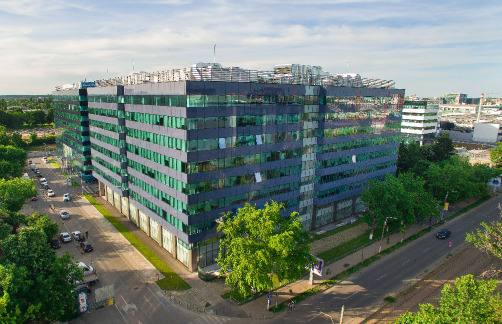
Using BREEAM across an asset’s lifecycle: Hermes Business Campus
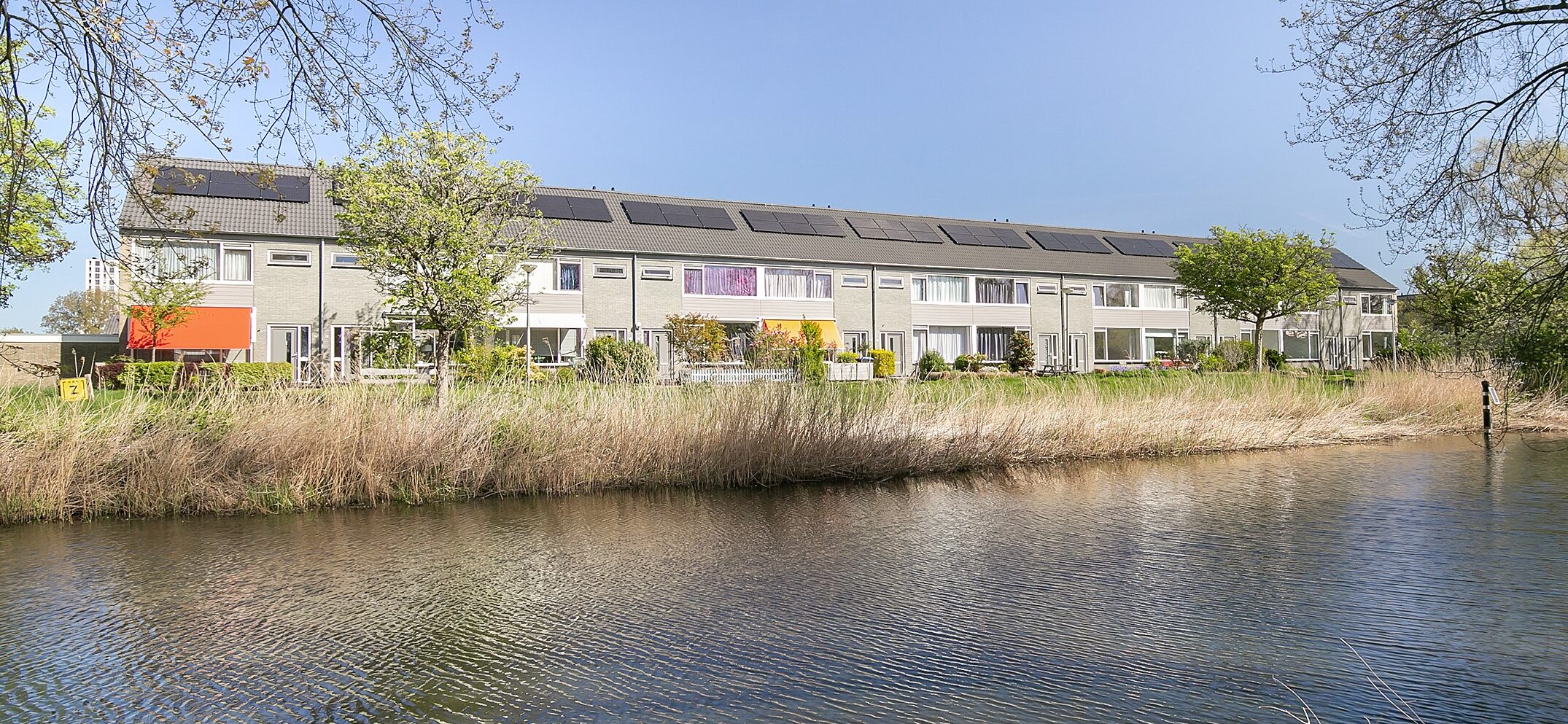
World’s largest real estate certification powered by BREEAM In-Use for Dutch investors Vesteda
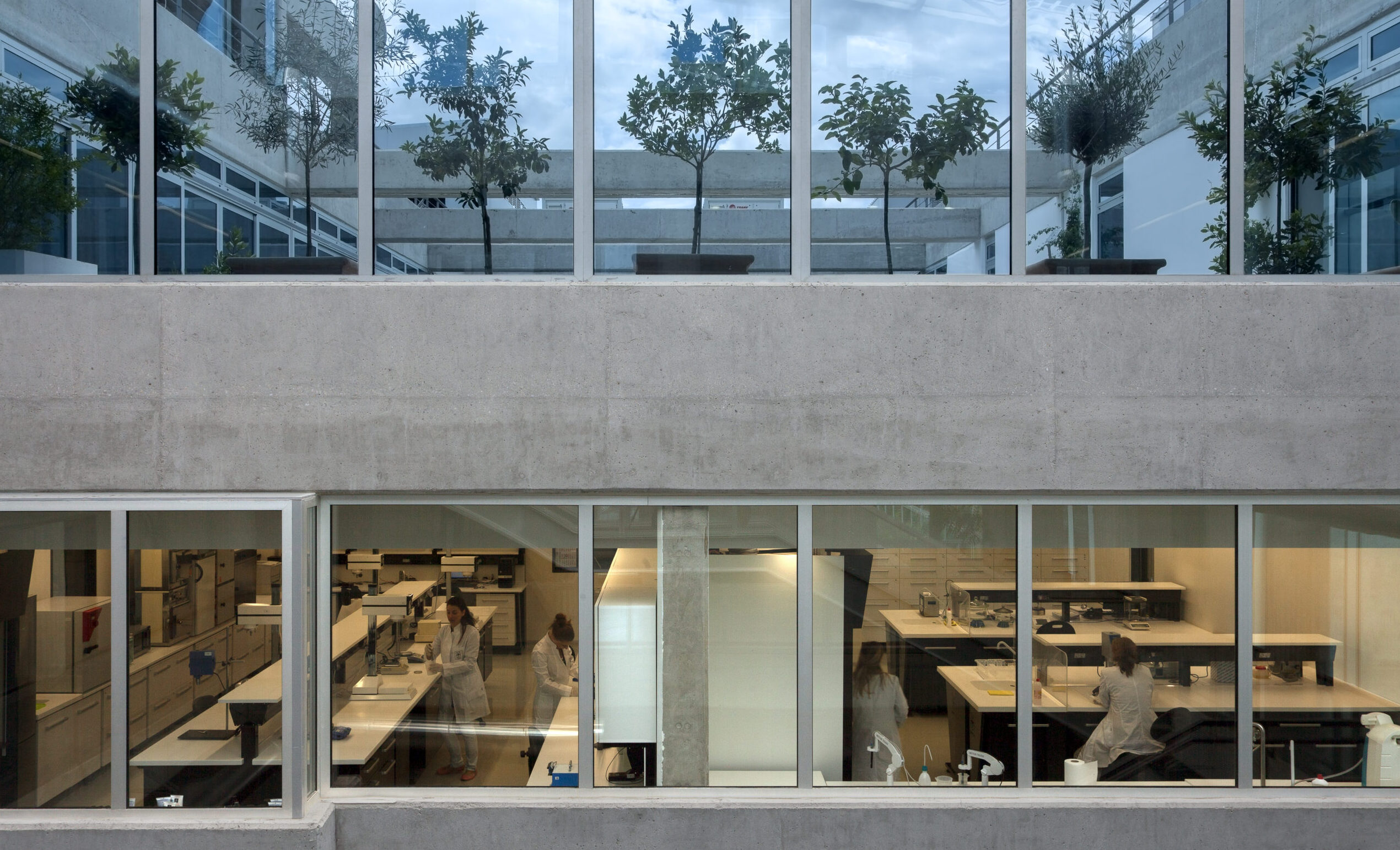
Natural cosmetics company APIVITA awarded with BREEAM In-Use ‘Excellent’ rating for Athens headquarters ‘The Hive’
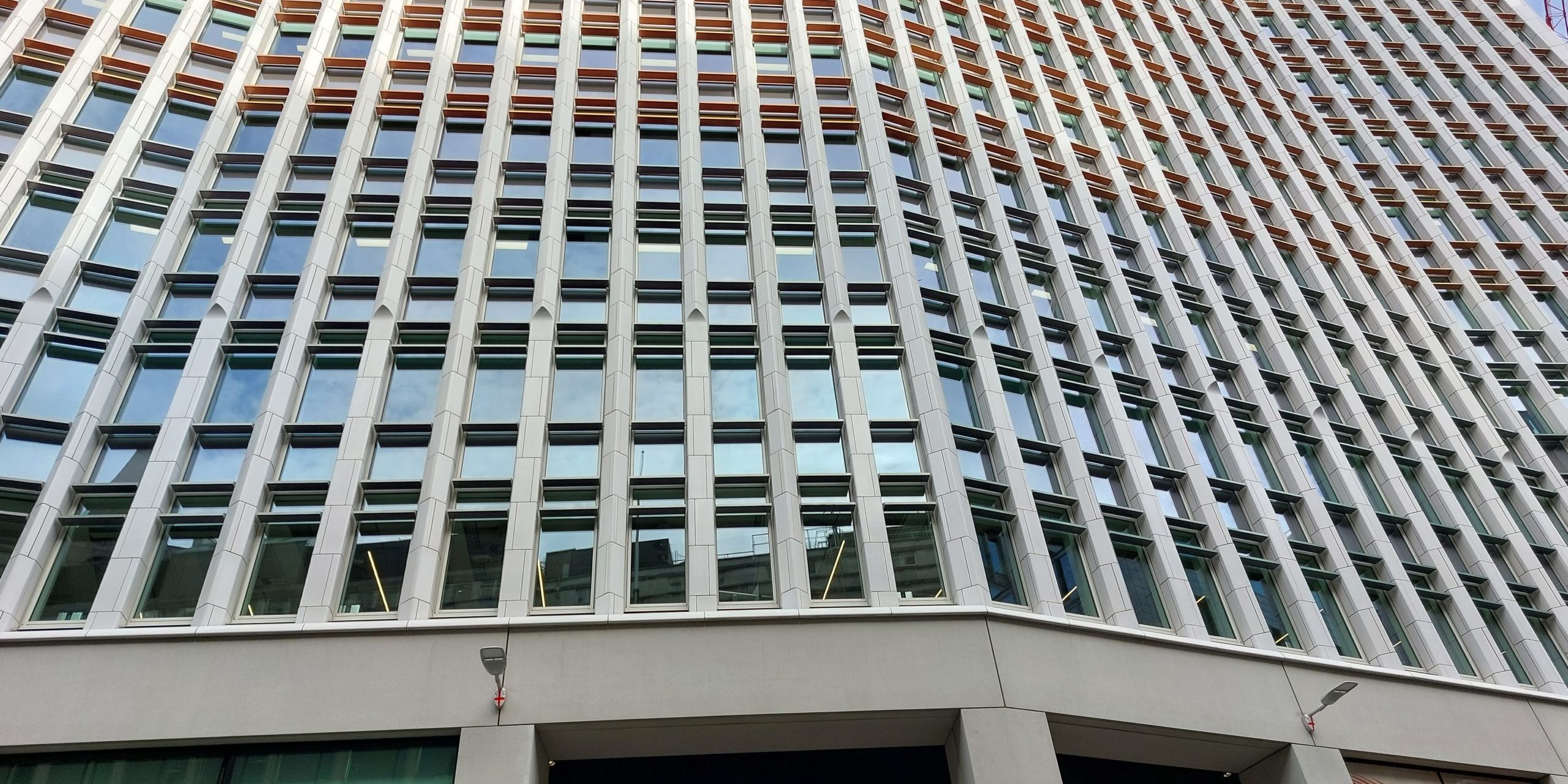
BNP Paribas Real Estate and Generali Real Estate achieve target of BREEAM In-Use V6 Excellent rating
